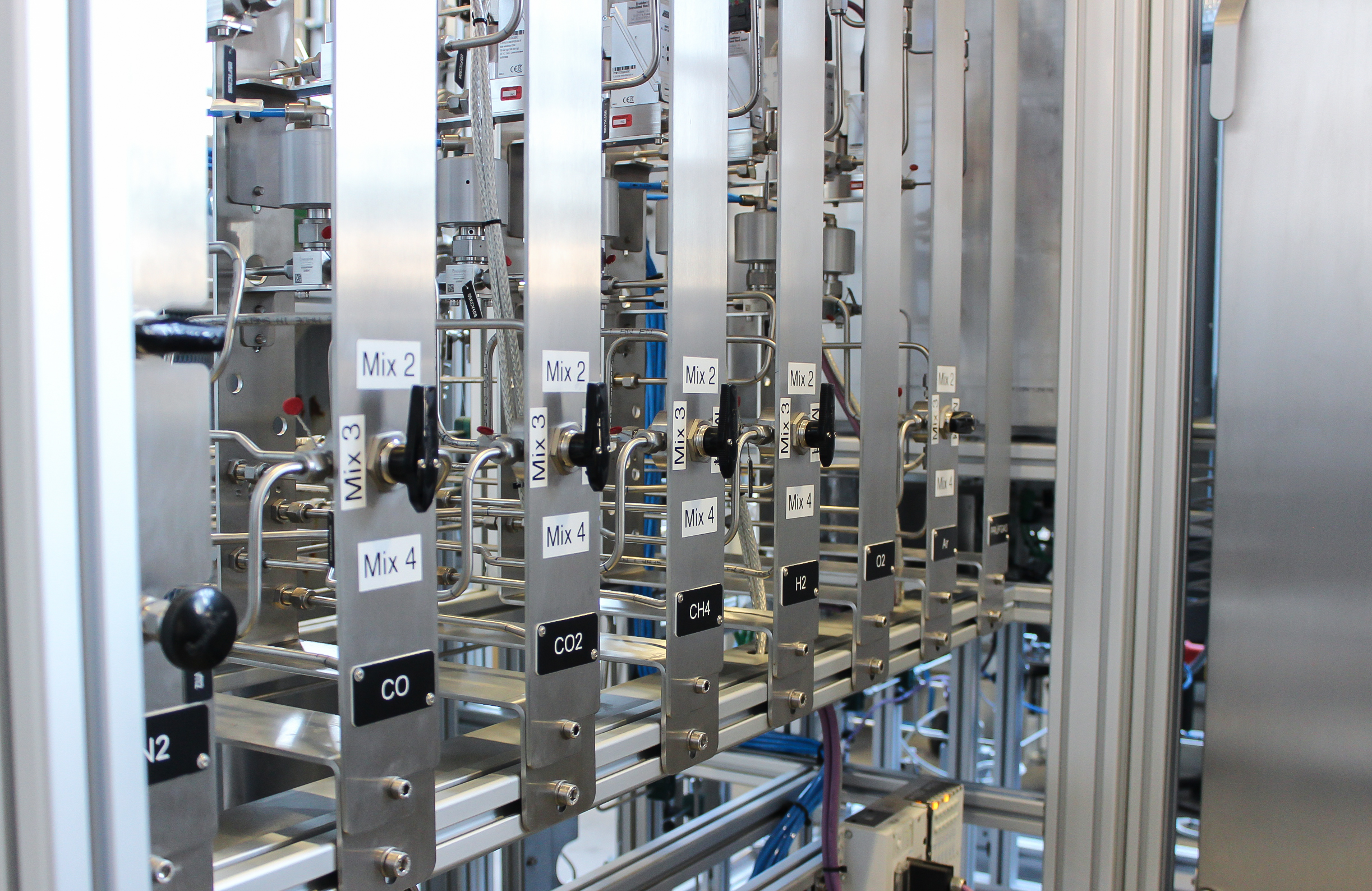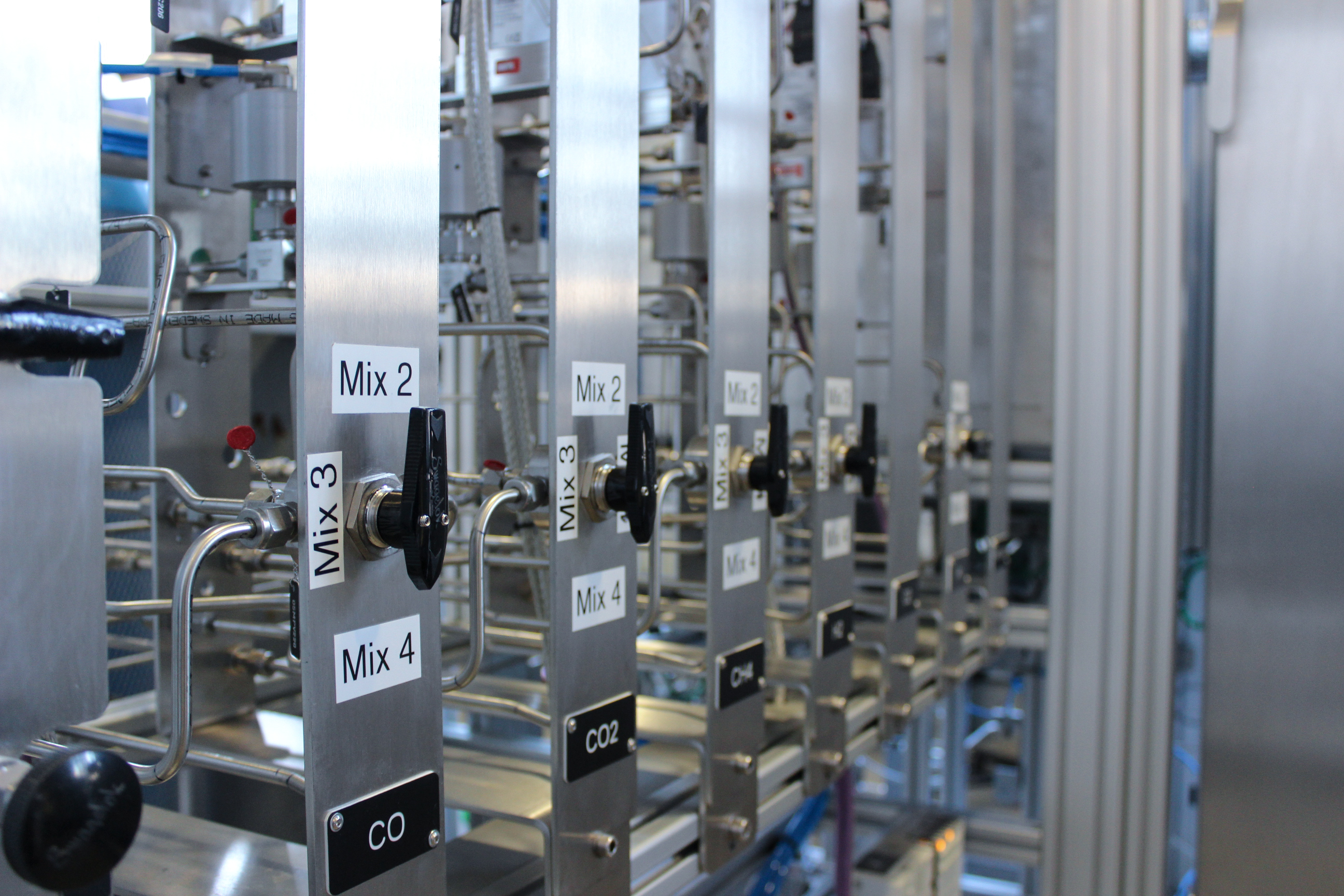Aging prediction of a catalytic converter in industrial processes


Within the project’s framework, an AI solution was developed based on real process measurements and technical expertise of the aging state of a catalytic converter for Methane Oxidation, which is used, for example, to purify the exhaust gases of ship engines. The aforementioned AI solution was developed by Jorge Thomas and Christian Kühnert, both from the Fraunhofer Institute for Optronics, System Technologies and Image Exploitation IOSB, and Clara Watermann from the Fraunhofer Institute for Environmental, Safety, and Energy Technology UMSICHT.
In principle, two questions are always faced when developing an AI solution in a production environment:
- Is the problem solvable by means of AI methods?
- How could be the solution implemented and embedded in the existing IT infrastructure?
Here, both questions are discussed and answered. For the first one, a database was created by means of conducting several experiments on which a Machine Learning (ML) model could be trained and tested. For this purpose, relevant process variables were selected as well as the description of the stages of the process. It is important to highlight that the data regarding the remaining lifetime of the catalytic converter was not acquired directly through sensors, therefore it was not initially available for the ML model. Since the prediction of the remaining lifetime of the converter in actual operation was carried out by the experience of the process expert, this had to be quantified to present the output measurement, i.e., data to be predicted to the AI.
In order to create the ML model, a Neural Network (NN) consisting of a dense layer and a dropout layer was trained using Google’s Tensorflow library in Python. In addition to the actual output variable of the NN, i.e., the predicted remaining lifetime of the converter, the gradient of the dense layer was recorded. This made possible to show which sensor values (inputs) were most relevant for the lifetime prediction in a determined time step; this information is particularly relevant for process experts, as they may have to decide whether the catalytic converter should be brought to a different operating state or kept in the current one.
Overall, a prediction of the remaining lifetime of the catalytic converter was achieved with an uncertainty of about 2 days with the trained network. It is important to note that the converter has a lifetime of about 100 days in continuous operation. The entire AI solution was implemented setting up a data streaming process pipeline and developing a web application.
The results of the project are extremely relevant, especially aiming to a climate-friendly industry. The investigated catalytic process plays a major role in the chemical and mechanical industry and is used not only for the production of valuable chemical products, but for the purification of gas flows in different areas of technology.
The results of the project are very encouraging. Using the developed AI solution, the remaining life of the catalytic converter can be forecasted with an accuracy of up to 2 days. This means that process experts are relieved by our solution, being able to plan strategies for the preventive replacement of these converters.
Further research will be needed on the choice of sensor technology. For instance, in this project FTIR spectroscopy was introduced to measure the methane and oxygen content. However, FTIR spectroscopy is very expensive; the acquisition of measurements (features) must be carried out by more affordable technologies for industrial implementation. Furthermore, transfer-learning approaches of the ML model will be needed for similar catalytic converters because carrying out the experiments is not only expensive, but also very time-consuming. Finally, it is therefore planned to use the results of this project as a basis for applying for further funding.
 Research Center Machine Learning
Research Center Machine Learning